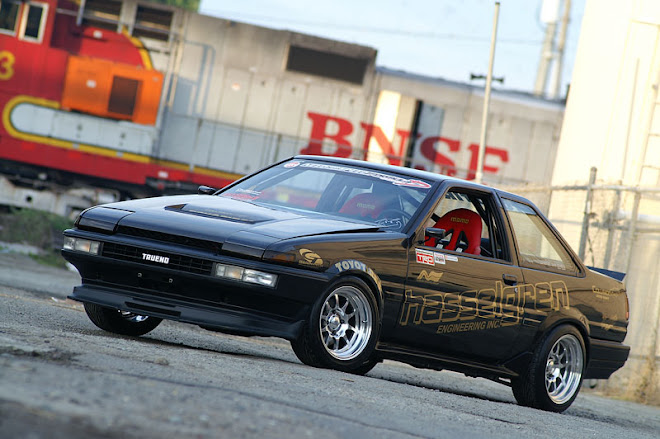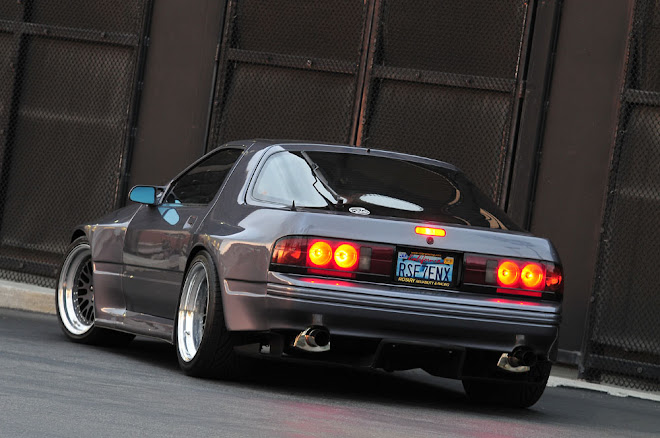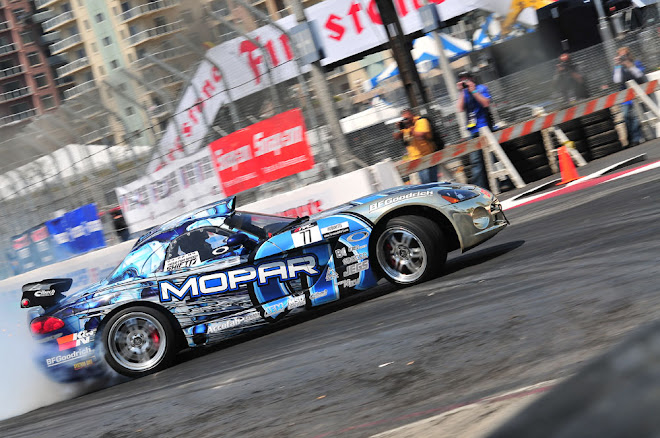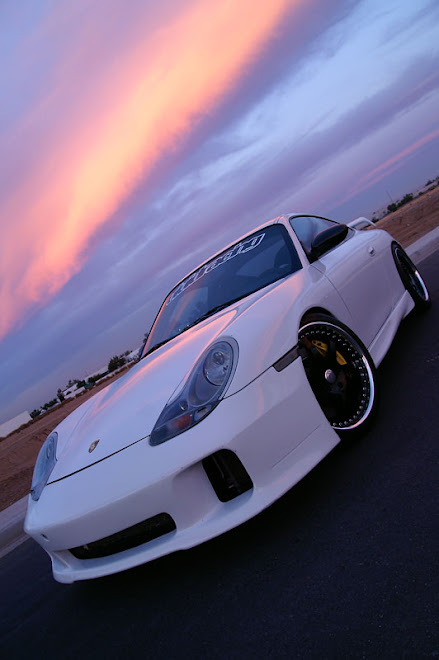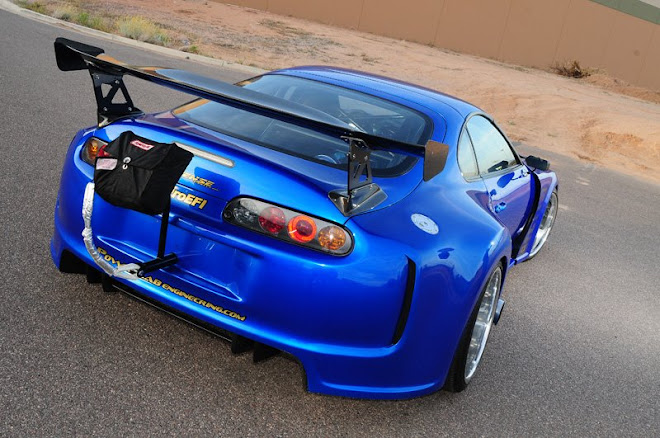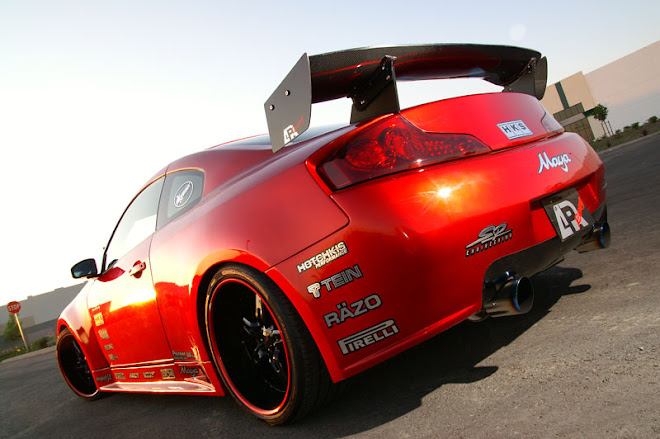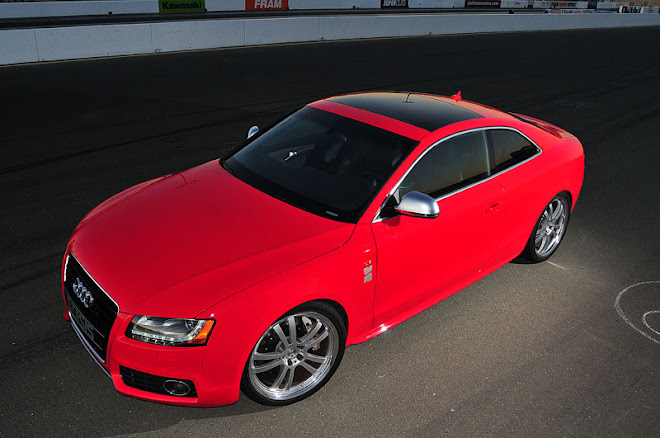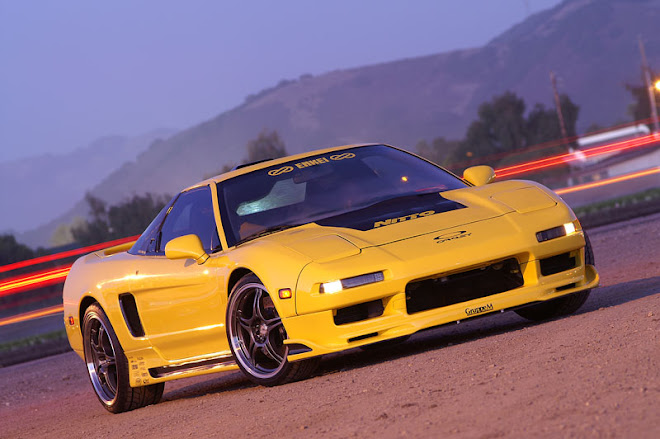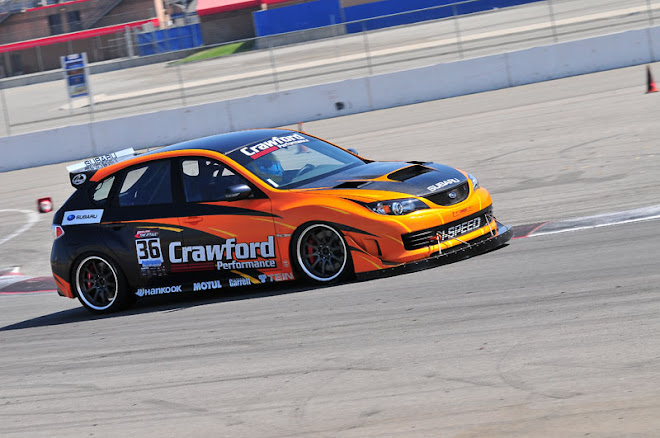Well, for monetary reasons, I did not buy the hella-awesome Nikon 70-200mm VRII. I don't like knowing that the 200mm focal length shrinks to 160mm up close. Instead, since I've been mostly happy with my Tamron 70-300mm VC lens, I thought I'd try their well-reviewed 70-200mm f2.8 lens. Was it everything I'd hoped a modern f2.8 "pro" lens should be? Read on and see.
I'll start with the good news; from 70mm to 140mm or so, even at f2.8, it's one of the sharpest lenses I've ever used. I think I have a pretty darn good Nikon 35mm f1.8G DX and a good Nikon 50mm f1.8D, but the Tamron does an even better job than both of those at eliminating chromatic and spherical abberations. There are no fake colored lines separating light and dark areas at all, and at f2.8 the image is crisp. I'd say the lens is resolving as much as the sensor can show at this point. Color balance is good, and the metered images appear to be no brighter or darker than any of my other Nikon lenses. By f3.5, the depth of field has started to grow, and sharpness extends to the edge of the frame on my D300's APS-C sensor. Life is good.
Now the bad news; AF can be spotty in low contrast situations, and on some objects, like a hummingbird in shadow, may not focus at all. Also, between 150mm and 200mm, the lens front focuses, making it softer and eliminating the tack-sharp focal point it has up to that point. Between 150mm and 200mm, using f4 is practically required to gain enough DOF to get your point of aim in focus. The difference is startling when you get it right though. Using my single AF center point, the Tamron also can have issues nailing the focus in just one shot. As others have said, if you're shooting objects without a lot of motion, this is a fine lens. I'd use it for a studio portrait lens ina heartbeat. For shooting race cars though, I may have to us 9 or 21-point AF modes in order to ensure that the lens locks onto some point as the car goes past. More testing will be required this week to determine how well this will work.
Overall, my impression is that this is a well-made product, with decent design and construction. It works best on my camera with an AF Fine Tune setting of +11, with every focal length up to 150mm. Beyond that, I have to set it up around +18 if I want to shoot at f2.8. This makes it an interesting compromise between image quality and price. The bokeh though, is tremendous, and it cannot be underestimated how much smooth bokeh helps out a good composition. I do like the bokeh it produces... a LOT! That may be the deciding factor which keeps this lens in my case for a long time to come.
Tuesday, February 21, 2012
Friday, February 3, 2012
The Quandray
It is tax time again... Do I finally splurge for the awesome-but-flawed 70-200mm f2.8 G VRII, knowing that it is much shorter at long focal lengths, or the older-and-slightly-less-awesome VRI with its soft corners on FX bodies? I don't have an FX body now, but I want one. Or, do I get a third party lens and hope for the best again? I do feel the need to be shooting at long range with f2.8-f4 apertures, to get that OOF background compression, but I want excellent sharpness and pleasing bokeh all at the same time.
All of the options are making my head hurt somewhat. It just seems like there's no correct answer for this question in the Nikon system. Canon, on the other hand, has it nailed with a super-sharp 70-200mm f4L IS, which delivers the same sharpness as their much-vaunted IS II version of the f2.8 big dog. And, they do so at around $1100, making it an great choice for someone on a budget. Where Canon drops the ball is in the lack of on-camera wireless flash control (yes, the 7D has it finally). I don't care much for the image quality of the 7D straight from the camera.
There are simply no perfect choices which meet my needs, my budget, and my image quality expectations. Very frustrating!
All of the options are making my head hurt somewhat. It just seems like there's no correct answer for this question in the Nikon system. Canon, on the other hand, has it nailed with a super-sharp 70-200mm f4L IS, which delivers the same sharpness as their much-vaunted IS II version of the f2.8 big dog. And, they do so at around $1100, making it an great choice for someone on a budget. Where Canon drops the ball is in the lack of on-camera wireless flash control (yes, the 7D has it finally). I don't care much for the image quality of the 7D straight from the camera.
There are simply no perfect choices which meet my needs, my budget, and my image quality expectations. Very frustrating!
Subscribe to:
Posts (Atom)

